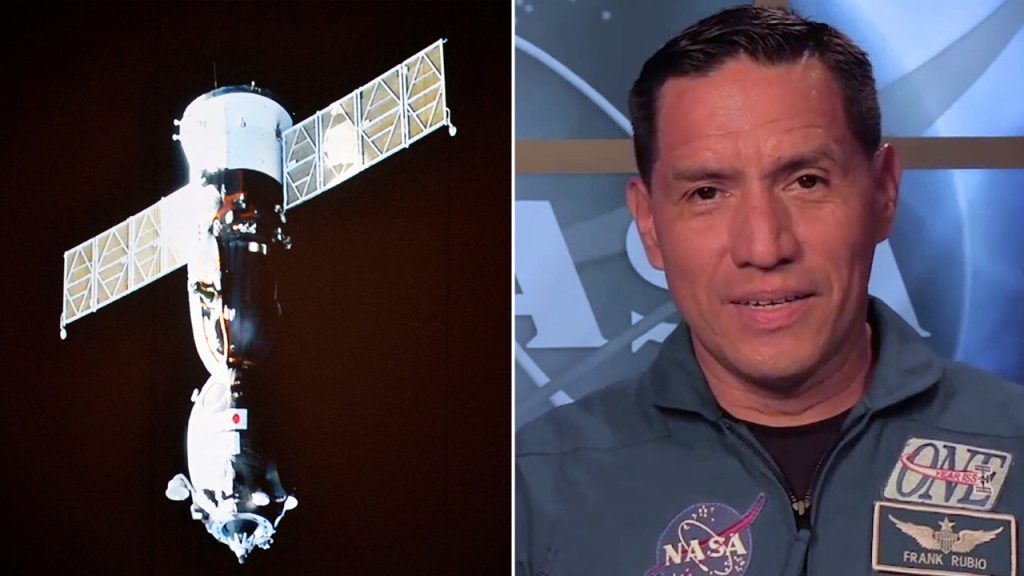NASA astronaut Frank Rubio, who holds the record for the longest single-duration spaceflight for a U.S. astronaut, shared his experience of being stranded in space due to technical difficulties and having to be rescued by a replacement spacecraft with Russian cosmonauts. He ultimately spent 371 days in space, experiencing the highs of seeing the planet from a unique perspective but also grappling with the challenges of missing loved ones and daily life activities. Rubio emphasized the importance of trust in NASA’s team and the rigorous testing processes that ensure astronaut safety, helping them cope with extended missions.
The latest mishap involving a stranded Boeing Starliner spacecraft has left astronauts Butch Wilmore and Suni Williams in a situation where they will have to change their routine significantly due to the unexpected delay in returning home. What was meant to be an eight-day trip to space has now turned into a months-long mission, with their return scheduled for February after the launch of a SpaceX Dragon capsule. Rubio noted the importance of exercise on extended missions to combat the deconditioning effects on the body and maintain physical health, emphasizing the need for a daily routine of resistance and cardiovascular training.
Stuck in space, astronauts Wilmore and Williams face the challenge of staying motivated and maintaining a sense of normalcy amid the long months ahead. Rubio highlighted the unique experience of space travel, acknowledging that while there are difficulties and emotional tolls, the positives outweigh the negatives, especially with the support of the NASA team. Extended space missions require a deep commitment to physical and mental well-being, including adequate exercise, nutrition, and psychological training to ensure astronauts are capable of overcoming the challenges of long-duration missions.
Rubio’s experience participating in a study on exercising with limited gym equipment in space provided valuable insights into the importance of staying physically fit during extended missions. His mission contributed to research on the effects of spaceflight on the human body, laying the groundwork for future crewed missions to the moon and Mars. As NASA continues to explore the possibilities of human spaceflight to distant destinations, the focus remains on optimizing health, nutrition, sleep, and psychological well-being to ensure astronauts can accomplish complex missions successfully.
As Wilmore and Williams navigate their unexpected extended stay in space, they will need to adapt to a new daily routine that prioritizes physical training to mitigate the deconditioning effects of prolonged weightlessness. Rubio’s experience underscores the importance of maintaining a structured exercise regimen to support astronaut health and performance during long-term missions. The challenges of human spaceflight necessitate ongoing research and testing to address the complexities of keeping astronauts healthy and capable of undertaking demanding missions to destinations beyond Earth’s orbit.
In facing the uncertainties and challenges of extended space missions, astronauts like Wilmore and Williams draw on their training, resilience, and the support of NASA’s team to navigate the complexities of living and working in space. Rubio’s insights shed light on the physical and psychological demands of prolonged space travel, emphasizing the importance of trust, teamwork, and a holistic approach to astronaut well-being. As space exploration advances and plans for future missions to the moon and Mars take shape, the lessons learned from extended space missions will guide efforts to ensure the health and success of astronauts undertaking these ambitious endeavors.













